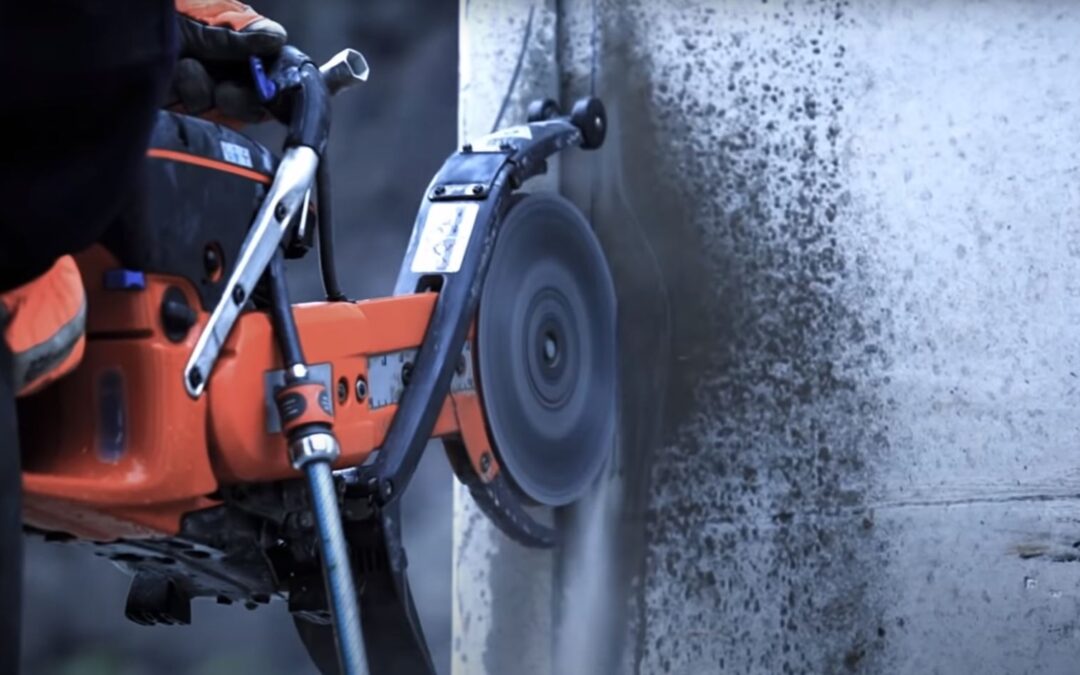Indoor Concrete Cutting in Melbourne: Navigating the Risks for a Safer Work Environment
Cutting concrete indoors presents a unique set of risks and challenges, particularly relevant to the Melbourne construction industry and suburbs like Frankston, where both commercial and residential developments often require such tasks. Understanding these risks is crucial for maintaining safety and efficiency on the job.
Concrete Cutting Health and Safety Risks
Hazardous Dust:
One of the primary risks of cutting concrete indoors is the generation of hazardous dust, particularly silica dust. This dust can cause serious respiratory issues, such as silicosis, if inhaled over time. To mitigate this, using effective dust extraction systems, such as HEPA filters fitted to cutting tools, is crucial. Even with these systems, wearing respiratory protective equipment is advised to prevent inhalation of harmful particles.
Toxic Fumes:
Indoor concrete cutting, especially when using petrol-engine equipment, can lead to the accumulation of toxic fumes, including carbon monoxide. Adequate ventilation is essential to prevent these fumes from reaching dangerous levels. This can be achieved by ensuring ample airflow and using exhaust systems to remove fumes from the work area.
Noise Pollution:
The high noise levels produced by concrete cutting equipment can pose a significant risk to hearing. Utilizing earplugs or earmuffs is essential to protect against potential hearing damage.
Physical Hazards:
There are risks associated with the physical handling of concrete cutting equipment, such as kickback or pushback from the saw. These can occur due to obstructions beneath the concrete or if the blade becomes pinched or encounters resistance. Using well-maintained equipment and adhering to manufacturer instructions can help reduce these risks. Proper training and practice, especially with hand-held saws, are also crucial.
Concrete Cutting Safety Procedures and Precautions
Equipment Handling and Storage:
Proper handling and storage of concrete cutting equipment are essential. This includes following manufacturer guidelines, ensuring equipment is stored safely when not in use, and conducting regular checks for damage.
Identifying Hazards and Controlling Risks:
A thorough assessment of potential hazards before starting any cutting operation is necessary. This includes consulting with workers, employers, and health and safety representatives to develop and implement effective control measures.
Implementing Safety Procedures:
Regular health and safety meetings should be conducted to review and update safety procedures. Keeping detailed records of equipment maintenance, identified hazards, and any accidents or near-misses is also important.
Examples of What Not to Do
- Neglecting PPE: Not using or improperly using personal protective equipment can lead to severe health issues.
- Ignoring Dust Extraction Systems: Failing to use dust extraction systems can result in hazardous dust levels in the work area.
- Poor Ventilation: Cutting concrete in poorly ventilated areas increases the risk of toxic fume accumulation.
- Using Damaged Equipment: Operating with damaged or improperly maintained equipment can lead to accidents, including kickback injuries.
Engaging with a professional concrete cutters Melbourne wide service like Bullseye Concrete Cutting Melbourne ensures adherence to these safety protocols, utilizing best practices for indoor concrete cutting. Their expertise not only ensures the job is done correctly but also prioritizes the safety and health of everyone involved. For a more detailed description of PPE requirements for concrete cutting in Melbourne see this blog article.

